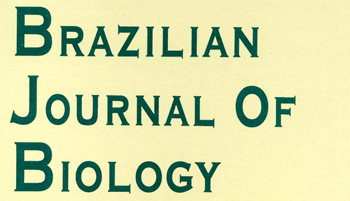Foram examinados 32 espécimes de Columbina picui (rolinha-picui), sendo que a coleta de artrópodes foi realizada por meio de lavagem da superfície externa do corpo e da cavidade nasal. As espécies da ordem Phthiraptera encontradas e suas respectivas prevalências, abundância média e intensidade média foram: Columbicola passerinae (84,4%; 10,3; 12,2), Hohorstiella passerinae (21,9%; 0,7; 3,1) e Physconelloides eurysema (3,1%; 0,1; 2). Os ácaros Gamasida encontrados nas aves e suas respectivas prevalências, abundância média e intensidade média foram: Pellonyssus marui (31,3%; 1,2; 3,9), Ornithonyssus bursa (15,6%; 0,2; 1,2) e Mesonyssus sp. (6,3%; 0,1; 1). Columbicola passerinae, H. passerinae, P. eurysema, O. bursa, P. marui e Mesonyssus sp. são relatados pela primeira vez parasitando C. picui no Brasil. Exceto O. bursa, as demais espécies são relatadas pela primera vez no estado do Rio Grande do Sul, Brasil.
malófagos; ácaros; rolinha-picui
